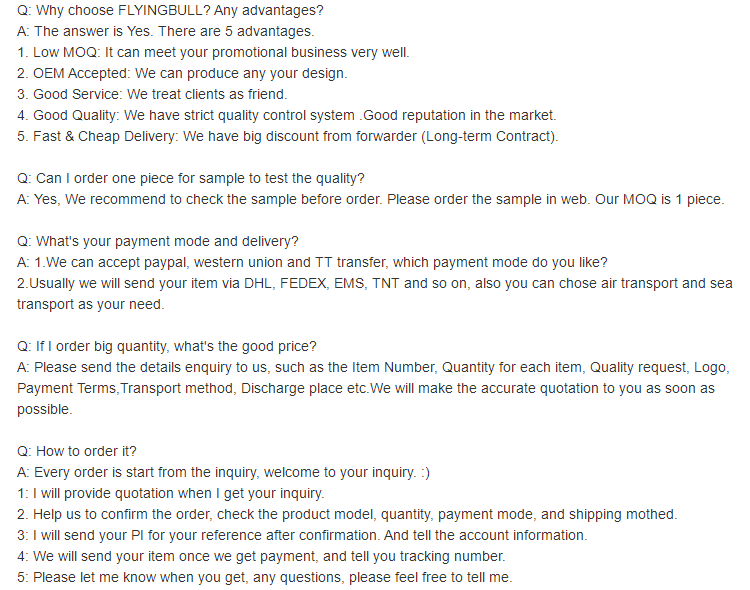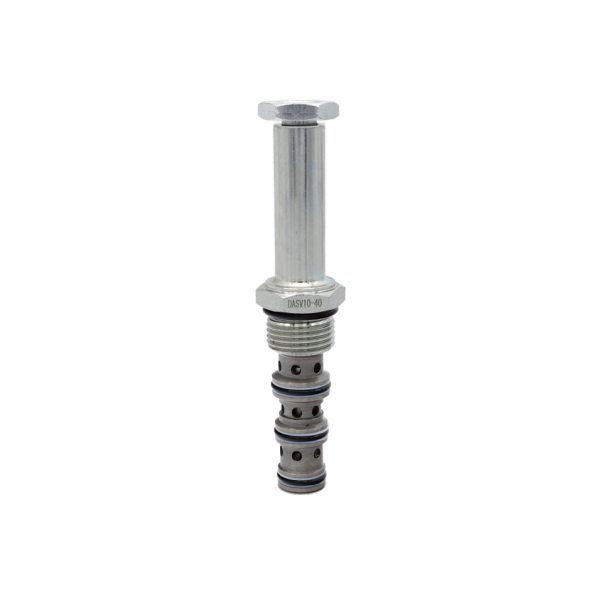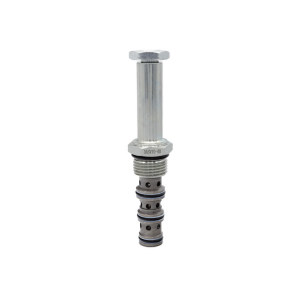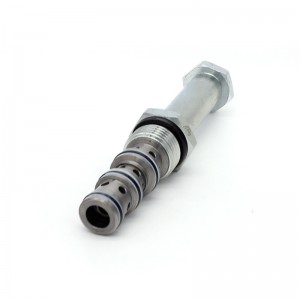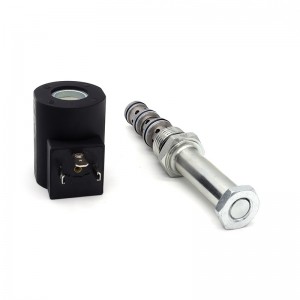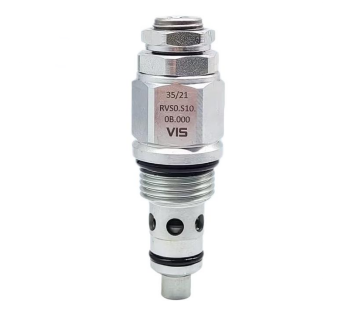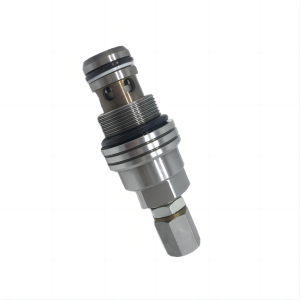Two-position four-way plug-in clutch control valve SV10-40
Details
Valve action:regulate
Type (channel location):Two-position stone
Functional action:Reversing type
Lining material:alloy steel
Flow direction:commutate
Optional accessories:coil
Applicable industries:machinery
Type of drive:electromagnetism
Applicable medium:petroleum products
Points for attention
Type
There are many kinds of valve bodies of control valves, such as straight-through single seat, straight-through double seat, angular, diaphragm, small flow, three-way, eccentric rotation, butterfly, sleeve and spherical. In the specific selection, the following considerations can be made:
1. It is mainly considered according to the selected factors such as flow characteristics and unbalanced force.
2. When the fluid medium is a suspension containing high concentration of abrasive particles, the internal material of the valve should be hard.
3. Because the medium is corrosive, try to choose a valve with simple structure.
4. When the temperature and pressure of the medium are high and change greatly, the valve whose material of the valve core and valve seat is less affected by the temperature and pressure should be selected.
5. Flash evaporation and cavitation only occur in liquid media. In the actual production process, flash evaporation and cavitation will cause vibration and noise, which will shorten the service life of the valve. Therefore, flash evaporation and cavitation should be prevented when selecting the valve.
Characteristic
1. There are various types of control valves, and their applicable occasions are different. Therefore, the type of control valve should be selected reasonably according to the requirements of process production.
2. Pneumatic control valves are divided into two categories: air opening and air closing. The air-opening control valve is closed in the fault state, and the air-closing control valve is opened in the fault state. Some auxiliary equipment can be used to form a retaining valve or make the control valve self-locking, that is, the control valve keeps the valve opening before the failure when it fails.
3. The way of air opening and air closing can be realized by the types of positive and negative actuators and the combination of positive and negative valves. When using the valve positioner, it can also be realized by the valve positioner.
4. Various control valves have different structures and characteristics.
Product specification



Company details







Company advantage
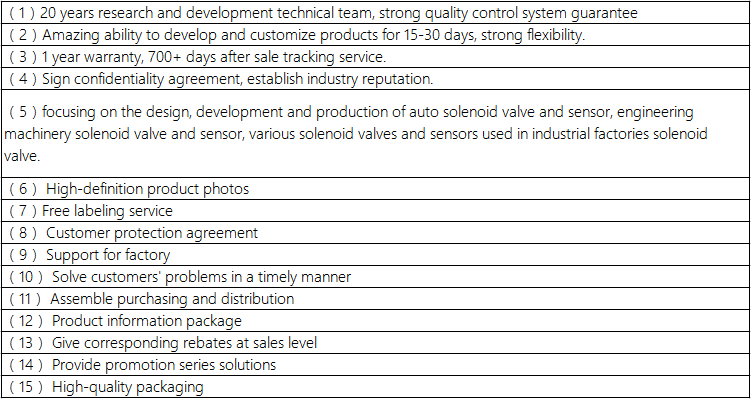
Transportation

FAQ
